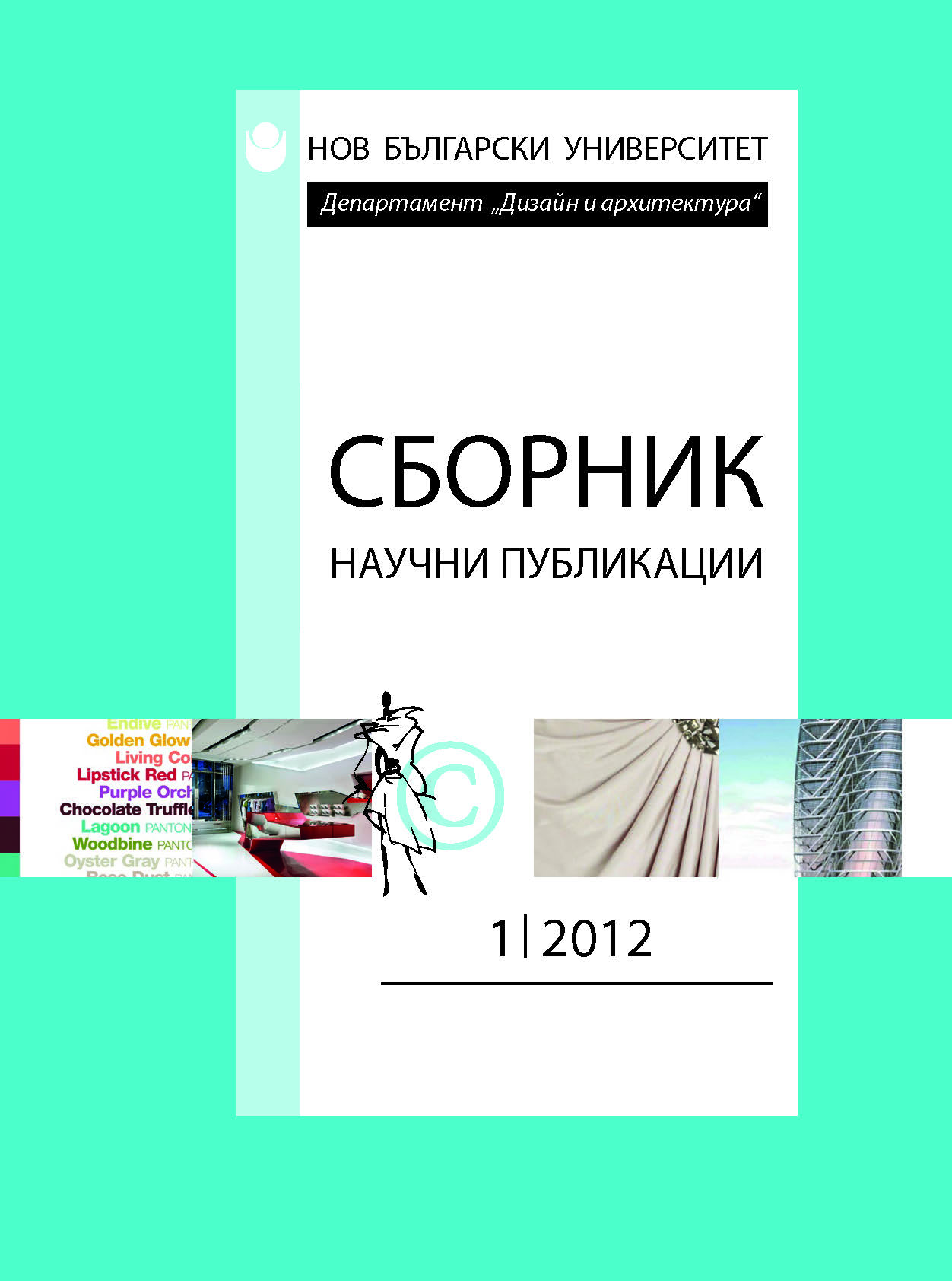
We kindly inform you that, as long as the subject affiliation of our 300.000+ articles is in progress, you might get unsufficient or no results on your third level or second level search. In this case, please broaden your search criteria.







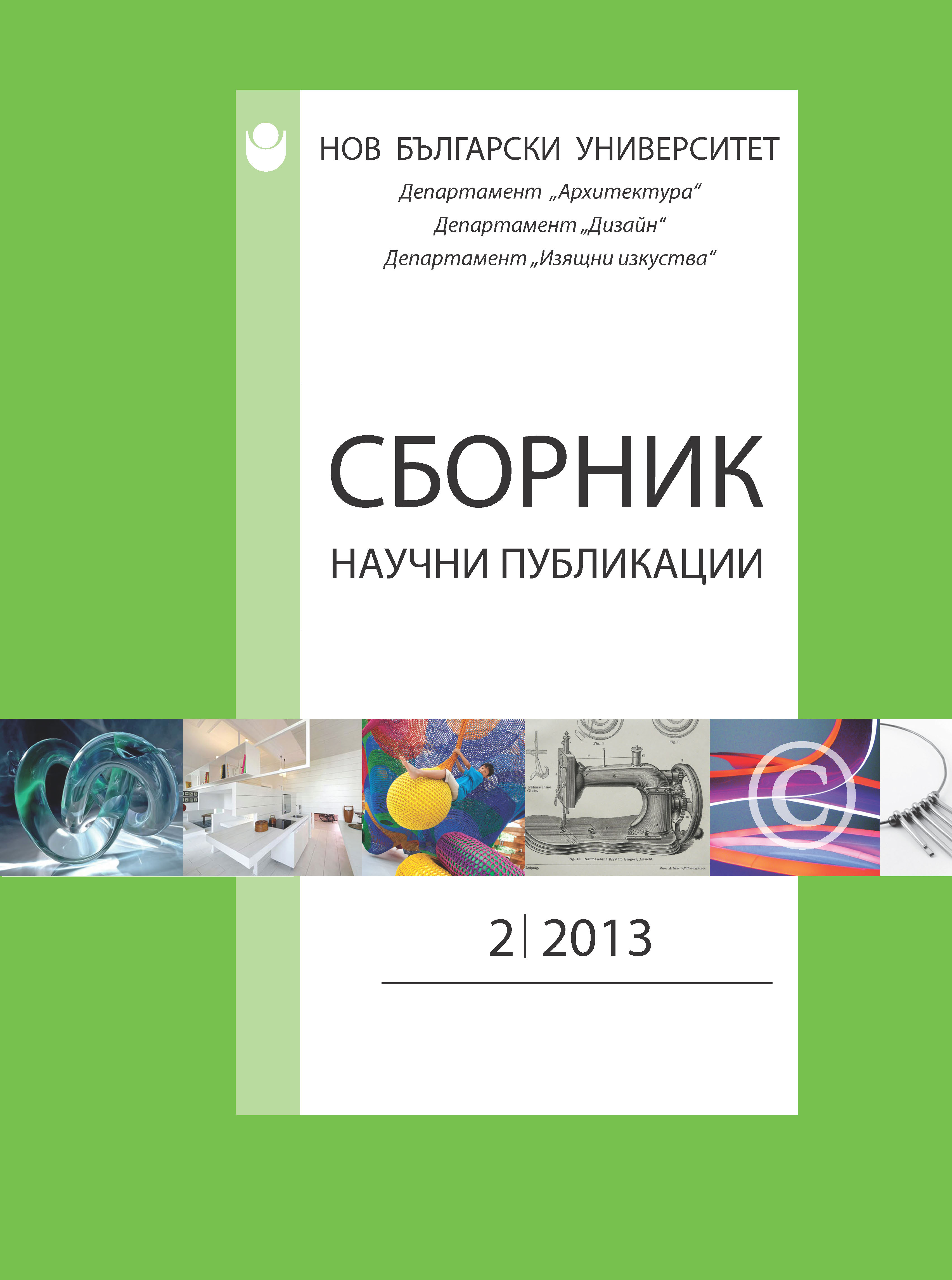




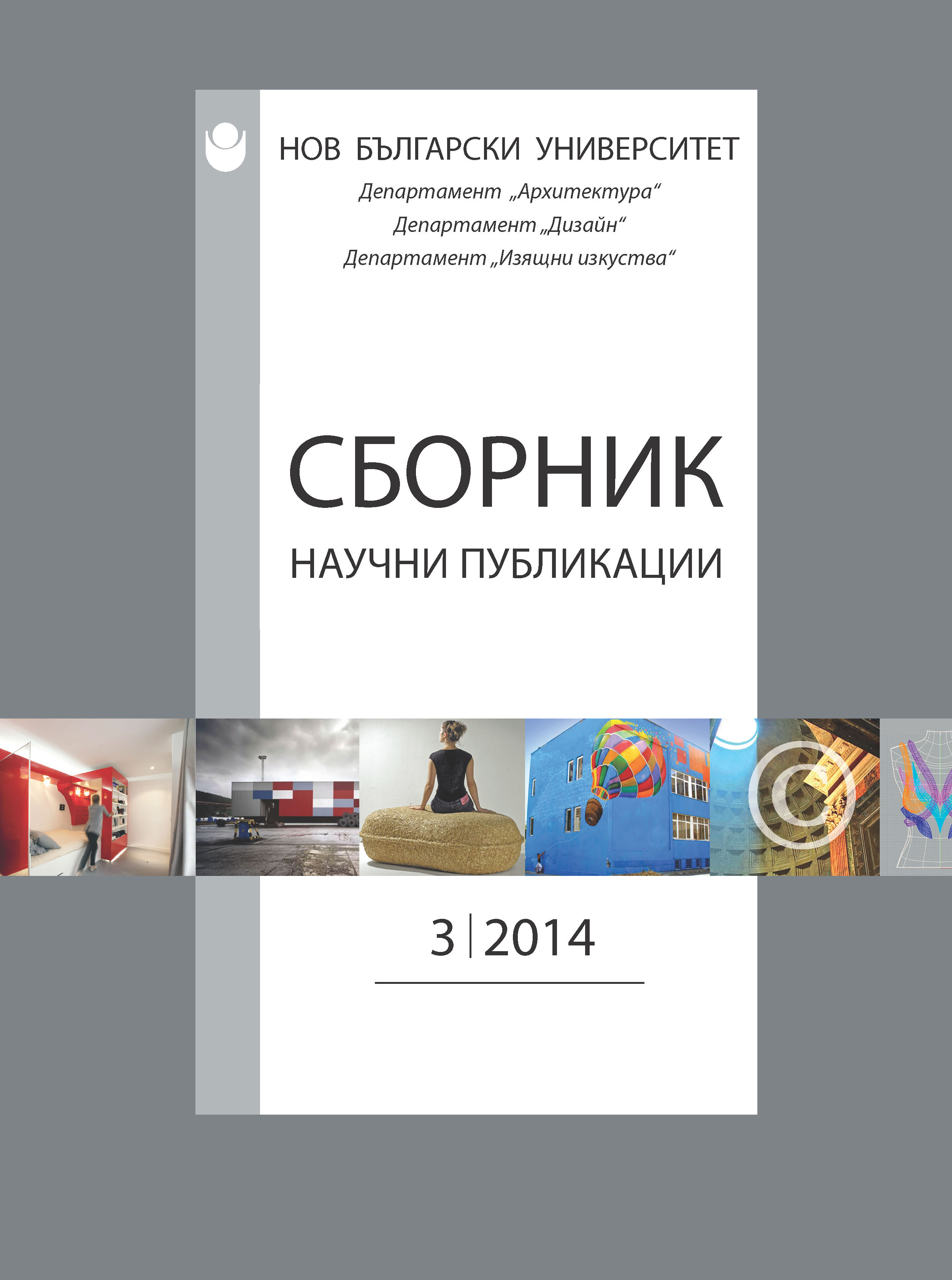



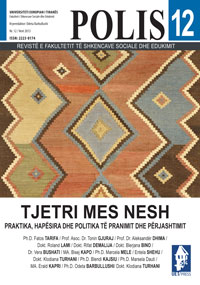
Ky punim fokusohet dhe ka për qëllim të kuptuarit e ndikimit të artit, në veçanti arkitekturës, në ndërtimin e identiteteve. Në këtë punim arkitektura shihet si tekst nëpërmjet të cilit ne kuptojmë modelimin dhe krijimin e një identiteti të caktuar social dhe nacional. Për të kuptuar këtë rol duhet të kuptojmë se cili është impakti i ndërsjellët midis identiteteve (kolektive, nacionale) dhe arkitekturës? Si modelohen identitetet nëpërmjet arkitekturës? Në çfarë raporti qëndron Arti dhe Arkitektura? A janë këta komplementarë të njëri-tjetrit? Cilat janë imazhet apo elementet e përdorura nga arkitektura për të ndihmuar në përbrendësimin dhe forcimin e një identiteti socio-politik dhe, mbi të gjitha, të një identitet kombëtar? Bazuar në një analizë vizuale ky punim priret të kuptojë atë pjesë të botës fizike të ndërtuar dhe të konceptuar në dhe nga përmasa njerëzore. Analiza në këtë punim do të jetë krahasuese midis periudhës së mbretit Zog me periudhën e sotme të post viteve 90-të, duke parë kësisoj sesi janë ruajtur, kultivuar, ndryshuar ose adaptuar shenjat e identitetit shqiptar. Punimi bazohet në një metodë cilësore ku qasja teorike është ajo e konstruktivizmit, mbështetur në interpretimin e objekteve sociale që gjejnë shëmbëlltyrën e tyre te veprat arkitektonike.
More...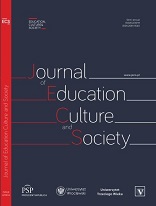
Thesis. The culture of organising architectural competitions has a long tradition in Europe. The architectural desgin contest is used as a democratic tool for selecting the best design solution. In today’s European building culture there is a constantly growing need for the social input into the design process. In effect, architectural competitions are facing changes. On the one hand, an architectural design contest needs to fulfill the EU’s legal frames. On the other hand, the traditional forms of competions are questioned by society, that is searching for a more transprent selection process. Methods. The study shows the concept of the building culture (Baukultur) as an ideological background of all the building activity in Europe. It describes the role of an architectural competition as an instrument for the high quality development. The author shows current legal frameworks for the design contests included in the EU directives and presents different competition practices in Europe with a focus on Poland. Results. There are not many examples of architectural competitions that anticipate the social input. It is an effect of not adjusted procurement law. Nevertheless, some exceptions have already been made. Conclusions. The main difficulty in architectural design contest with social participation is the need of maintaining the legal framework based on the anonymity of the participant. The social input in the case hampers the preservation of this condition, hence various attempts to modify the existing, traditional formulas.
More...
Concept: Drawing is the foundation of plastic arts. The drawing class is one of the art education fields where students focus on observation, questioning, research and developing imagination. It can be seen that artists too are presenting different premises after drawing, which is generally considered as a preliminary to a work of art, being acknowledged as art by itself. Aim: The point of origin of this research is the inability of the students of sculpture departments to fully comprehend the importance of drawing with regard to the creating of a sculpture. The principal purpose is the explaining of the applied studies that are specifically designed to develop individual perspectives, drawing skills, personal lines and creativity of the students and the alternative methods of drawing which yield positive result. Methods: Instead of repeating the knowledge that students obtained via traditional methods, studies are approached where they can reinterpret and develop their knowledge in respect of the time, technique, perception etc. Drawings that are presented in line with the main purpose via innovative approaches are evaluated with a qualitative research. Conclusions: After briefly mentioning education and art education in this study, methods applied with an innovative approach in sculpture design courses are explained through selected examples. At the end of the studies, it was seen that the students were more active, eager to learn, courageous, questioning and every time they are applied, methods are resulted positively.
More...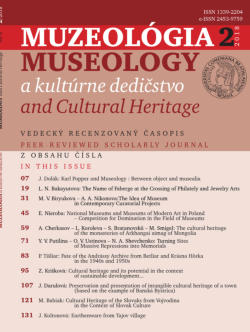
The objective of this paper is to analyse the transformations in the field of museums in Poland, and to study more closely the process of constructing a museum model that meets contemporary challenges. Two types of museums are analysed here, namely national museums and museums of modern art, to demonstrate how their respective activities affect the structure of the field in question, bringing about change. It is the assumption of this study, following Pierre Bourdieu’s framework of conflict perspective, that museums situated in the field of orthodoxy and the ones in the field of heterodoxy compete within the artistic field for a symbolic domination over other participants. At the core interest of this study, there is a question to what extent chosen Polish museums and staff apply the principles of the New Museology in their daily practice.
More...